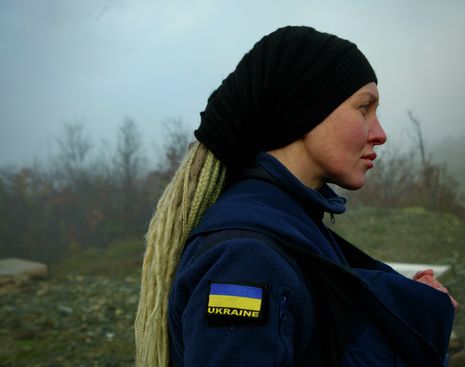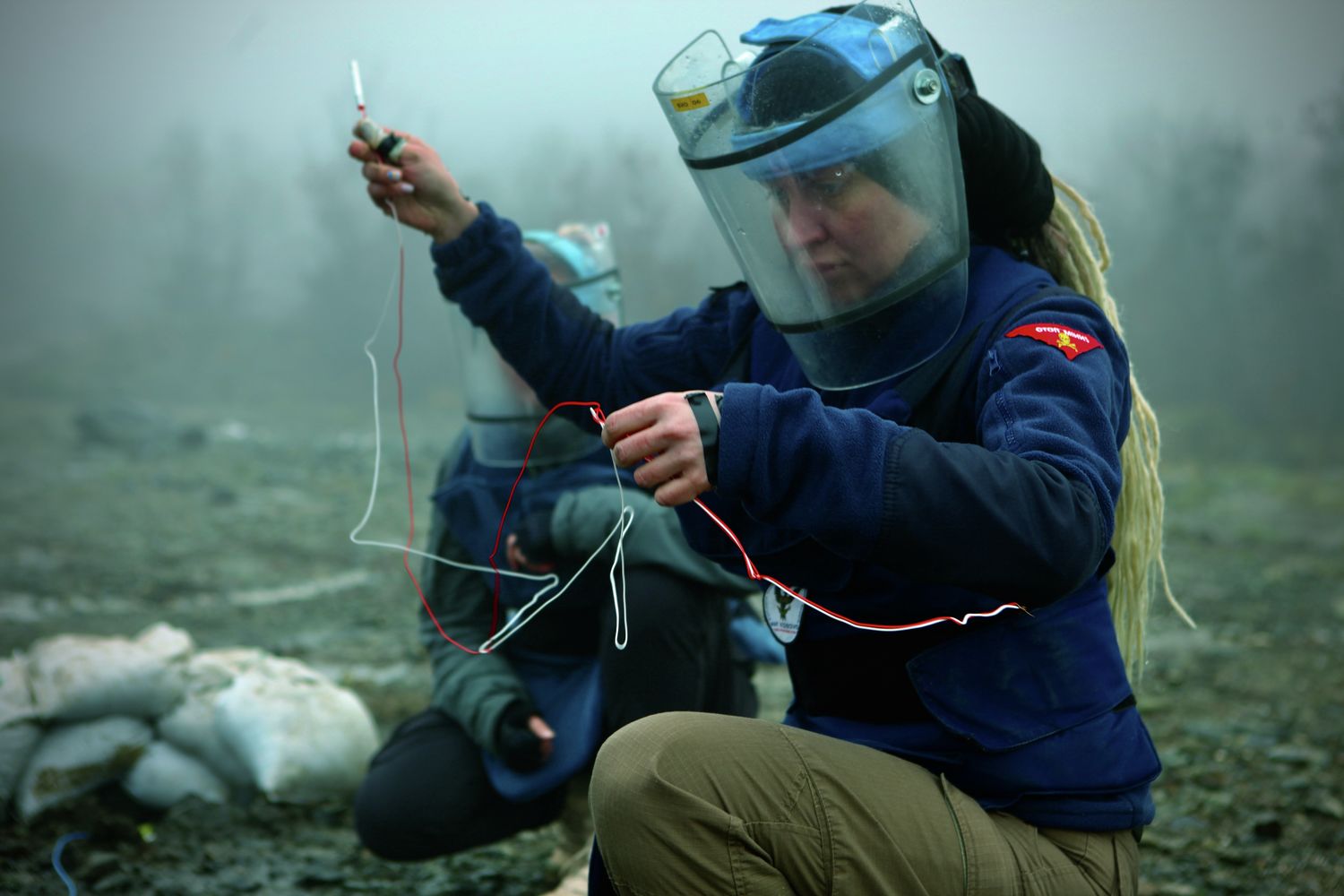Anastasia jokes about making dumplings, as she uses a small rolling pin to morph the plastic explosive. Her humour covers a deeply serious reality: she and her fellow students must prove that they can safely detonate mortars, mines and bombs.
It is December 2022: the final week of their advanced Level 3 Explosive Ordinance Disposal (EOD) course, before they go back to commence life-saving operations in Ukraine. The next time they do this work, the slightest mistake could mean death.
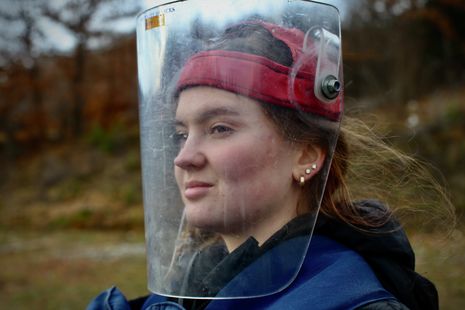
A 21-years-old linguistics student turned EOD trainee, Anastasia faces a mortar lying innocently on the ground. It is the size of a 20cm ruler, British-manufactured during World War II. Hassan, their key instructor, says that if it were to go off, everyone in a 25-meter radius would be dead.
The women are guided by a cadre of instructors and their interpreters, Uliana and Zhenia, who risk their lives to ensure the students understand the intricate steps of explosive disposal.
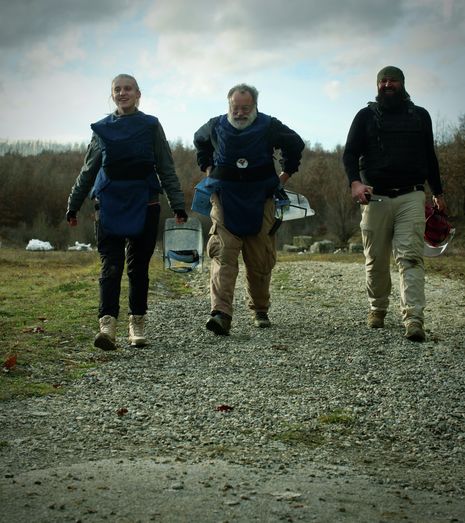
They have come to a specialist EOD school in western Kosovo, Mine Action & Training (MAT). Like other schools, it has classrooms, dormitories, a canteen, even a bar. But across its four-acre ground, there are different bomb disposal scenarios: mine fields, urban and rural set-ups, even a genuine tank. It is one of the few places in the world where you can learn to handle some of the most dangerous objects ever made.
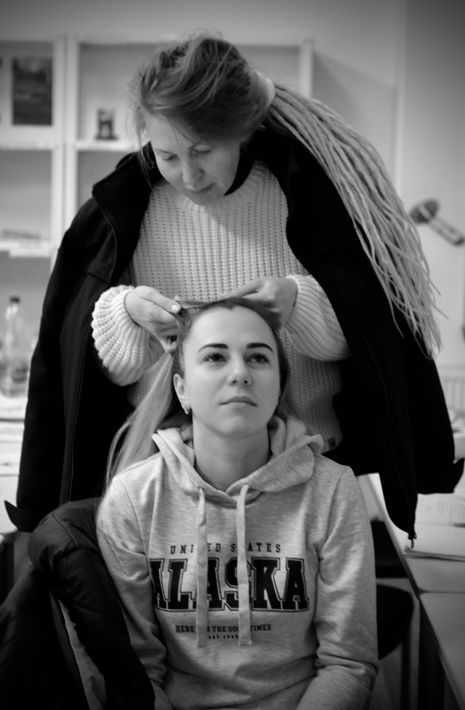
Ben Remfrey MBE is the school’s managing director. A former Commando and veteran of Northern Ireland, the Gulf war, Syria, Iraq and Libya, he claims that women make for better students: “Men try and do what men do – they know they are being watched, they can be macho. The women watch, the women think.”
First, the women survey the site from a distance. Then they approach, laying a smaller explosive at a precise angle, millimetres from the bomb – aiming to either knock off the fuse or trigger a controlled burn of the explosive. This is the job of a “sapper”.
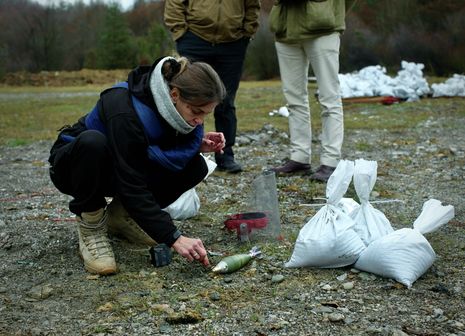
Before the 2022 invasion, only Ukrainian men were allowed to learn these skills. Now this group of women, volunteers from all backgrounds, including teachers, secretaries, and mothers, are training to be the first female Ukrainian sappers.
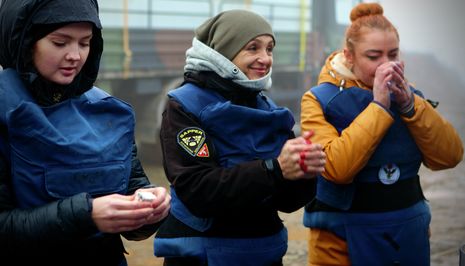
As they work, they laugh, blowing onto the plastic explosives to bless them. Pressing the detonator, the explosives go off, much to the delight of the sappers. The blessings clearly worked.
“It’s not an explosion you can hear with your ears; it’s an explosion inside – a joy – knowing that, pressing that button, at least one problem has gone away,” says Kate. “I have stopped one more thing from killing people.”
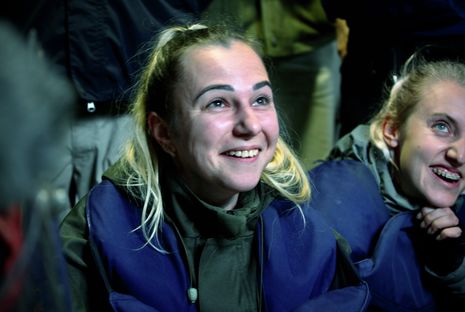
Bombs detonated safely still go off, not with a Hollywood “bang”, but a much deeper thump that you feel in your stomach, hitting you just before the air shock.
On the day of the invasion, the shockwave from a Russian cruise missile blew out the windows of Natalia’s home. After ten days of dodging fire fights and enemy helicopters, she and her eleven-year-old son made it to the relative safety of Natalia’s parents. Then she had to leave him to return to her job as a Junior Officer in the Ukrainian army. “He saw it all. When it came time for me to leave, he said he wasn’t scared of the bombs or the dangers, he just wanted to be with me.”
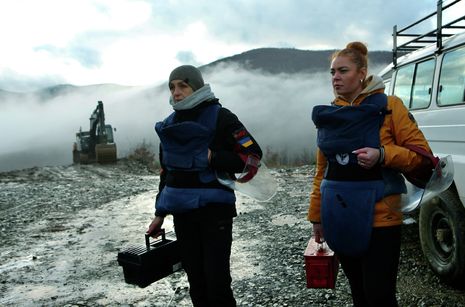
Major Maryna Labunets is the first female sapper in the Ukrainian National Guard. Since completing foundational training earlier in 2022, she has been clearing the liberated territories of Northern Ukraine. “I put off telling my family what I was doing for the longest time. When I finally told them they were shocked but supportive – after each day of demining, they call me to see how it went.”
Maryna has seen the deep psychological terror the mines can inflict on communities: “Mothers ask me – can my children play in the playground? When can we return to the forests? For the children, it is much worse – they grow up with terror.”
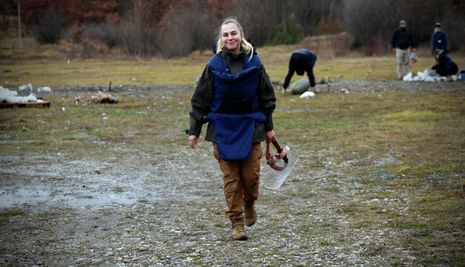
Kate and Ryta are both from the Donetsk region in Ukraine, which has been under constant attack by Russia since 2014. Prior to the war, Kate worked on the railways, and Ryta was a truck driver. Neither had expected to work in humanitarian mine action, but now both women have changed the course of their lives, driven by the desire to help their fellow countrymen and women.
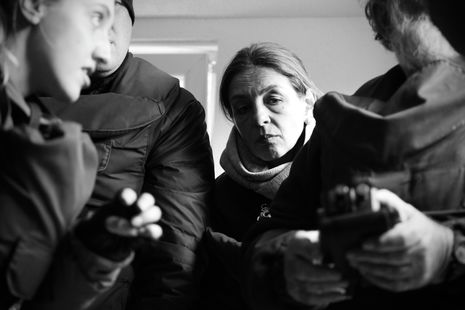
Kate explains: “I want and wish that the children of Ukraine have the opportunity to play safely, and their parents can be confident that their kids don’t bump into a grenade in the playground or a landmine on their way to school.” As I heard time and again, “there is no safe place in Ukraine.”
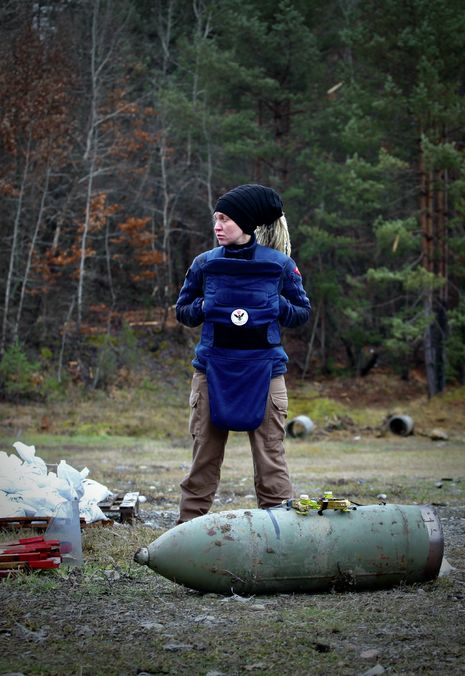
The average failure rate of explosive ordinance is 15 %, but due to the poor condition of Russian armaments, the failure rate is as high as 60 %. The majority of explosives dropped on Ukraine are lying in streets, in playgrounds, waiting to kill.
Anastasia looks right at me: “Every day is dead people.”
It will be a long journey in making Ukraine safe again, Pete LeSueur OBE, a senior instructor and veteran with over 50 years of EOD experience, explains. “You are going to have stuff around for years and years; I mean, we’re still finding stuff from WWI.”
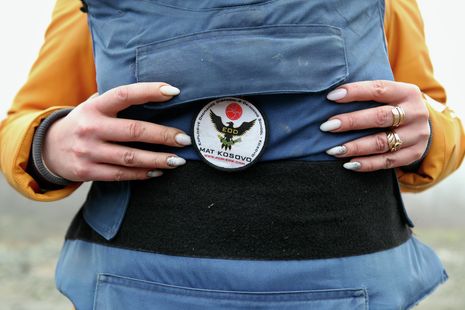
The women already completed a course earlier in 2022, funded by Jersey Overseas Aid and Friends of Ukraine EOD, who both hailed it “an unmitigated success” – and so, the women were brought over again to further their training.
Trainees are away from their families for a month. The course has been extended and designed specifically for them because, unlike most students trained in EOD, they are going back into active conflict.
Ben explains: “Ultimately the conflict continues and a lot of the people we train become targets themselves, and we are acutely aware of that.”
No-one knows how, or when, this war will end, but one thing is for certain: for decades after, these women will carefully move across Ukraine, disposing of Putin’s deadly legacy – so that their children can play safely once again.
